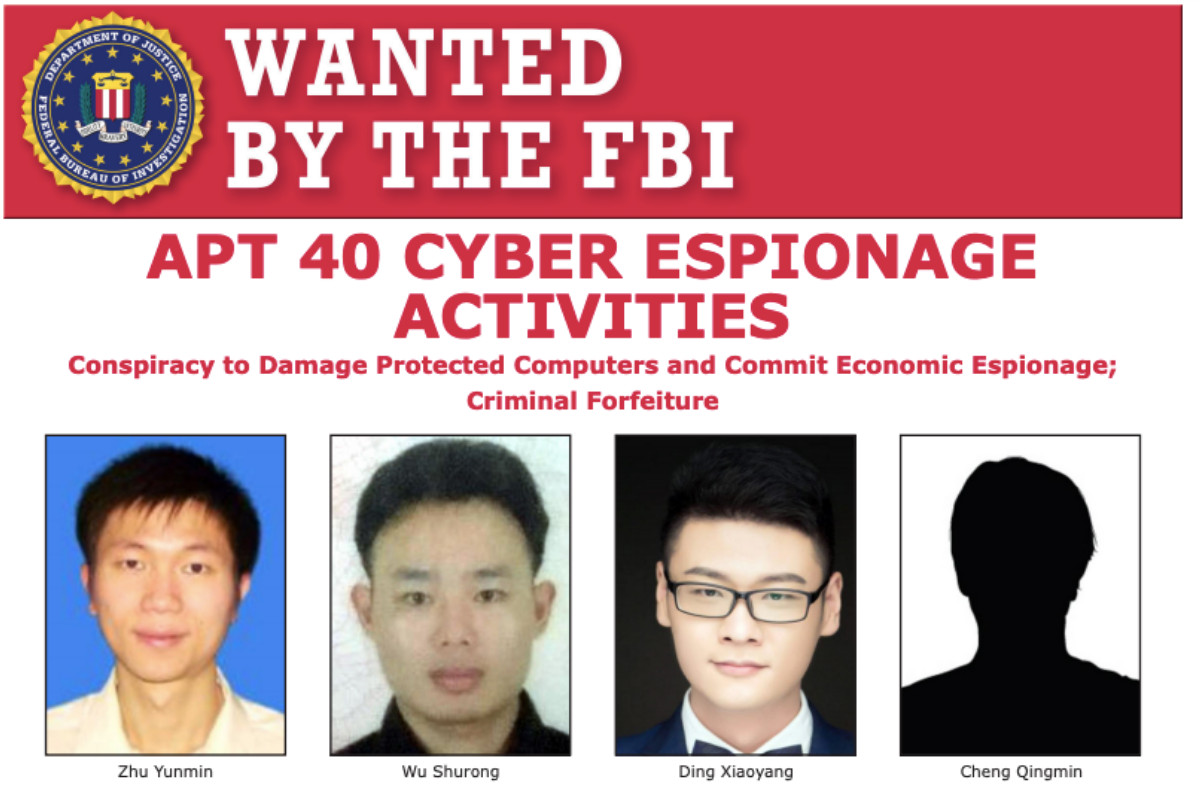Deepfakes: The Next Big Threat
A number of mobile apps give anyone with a smartphone and a few minutes of time on their hands the ability to create and distribute a deepfake video. All it takes is a picture of, say, yourself that you’d swap with an actor in a movie or a television show. The apps do the hard part by recognizing the facial structure of the actor, so when your image is added to the movie or show, it is a pretty seamless recreation.
Chances are no one will actually mistake you for Brad Pitt or Reese Witherspoon, but what these apps—downloadable from the Apple App Store or Google Play—do is show how simple it is for the average person to make a fake image look legitimate. And while these apps are meant for entertainment purposes, deepfakes are becoming a new category of cybercrime that are not just a problem for networks and data, but could also have a life-or-death impact.
The potential for deepfakes in cybercrime is dire enough that the FBI released a warning in March 2021, stating “Foreign actors are currently using synthetic content in their influence campaigns, and the FBI anticipates it will be increasingly used by foreign and criminal cyber actors for spearphishing and social engineering in an evolution of cyber operational tradecraft.”
During a webinar offered by Cato Networks, Raymond Lee, CEO of FakeNet.AI, and Etay Maor, senior director of security strategy at Cato Networks, showed photos and played audio recordings that were of both real people and fakes, proving how difficult it is to tell fact from fiction.
Showing Up on the Dark Web
With increasing frequency, deepfakes are showing up on the dark web; a clear sign that threat actors see the technology as a promising new income stream. There is a burgeoning marketplace for products that create deepfakes, and within dark web chatrooms there are conversation threads dedicated to outlining the best methods for creating deepfakes for use in cybercrime. There is growing interest in deepfakes by nation-state actors and political extremists, as well, to use the technology to influence public discourse and spread propaganda.
Chatter surrounding deepfake methodology also has moved beyond the dark web to alternative social media sites…


